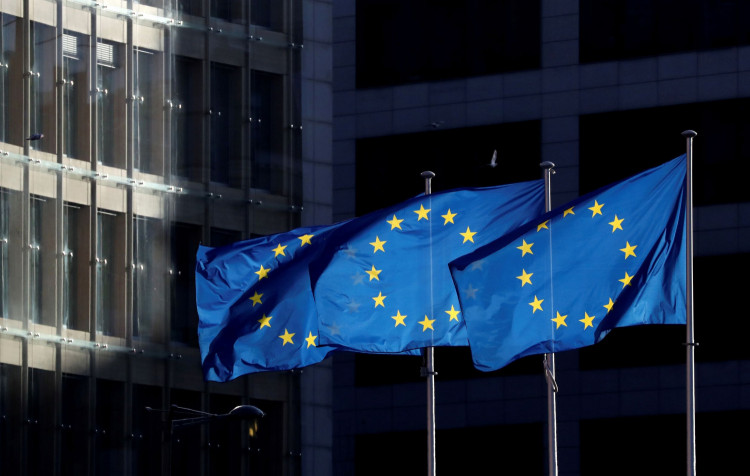The latest data reaffirms that Europe's two major "engines" have stalled, deepening the Eurozone's economic contraction woes.
On September 22, data from S&P IHS Markit revealed that the preliminary PMI for the Eurozone in September stood at 47.1. The manufacturing PMI, at 43.4, missed expectations, while the services PMI, at 48.4, exceeded them. However, all three indicators are in the contraction zone, with the manufacturing PMI below the break-even point for 15 consecutive months.
The PMI data for the Eurozone's two primary growth pillars, Germany and France, also indicate contraction. Germany's composite PMI for September was 46.2, with its manufacturing PMI at a mere 39.8, slightly up from the previous 39.1 but still below 40. France's composite PMI for September was 43.5, with its manufacturing PMI at 43.6 and services PMI at 43.9, both significantly below expectations.
S&P highlighted that the two largest economies are the main drivers behind the Eurozone's economic downturn. While Germany's recession has somewhat eased, France's is intensifying. Economists had previously anticipated that the growth momentum in both countries would remain "largely stable."
The deterioration in France's services and manufacturing sectors surpassed expectations. S&P Global noted widespread reports of weak demand in these two sectors, with a significant decline in confidence for the upcoming 12 months.
On Monday, the Bank of France stated that due to the contraction of its primary trading partners, France's economic growth over the next two years would be below expectations.
Norman Liebke, an economist at Hamburg Commercial Bank, commented that the French economy is "heading into turbulent waters." Business activity in both the service and manufacturing sectors saw a significant decline in September, mainly due to decreased demand for French products and services. As a result, French companies are reducing backlogged orders. Manufacturers are more pessimistic this September than at any point since the pandemic began, with growth expectations dropping to their lowest since May 2020.
Liebke suggested that France's economic growth this quarter will stagnate, with projections showing a growth rate of only 0.2%. Notably, this is almost entirely driven by the public services sector.
In contrast, Germany's situation has shown some improvement, though it remains below the break-even point. German businesses' expectations for future activities have dropped to their lowest since November of the previous year, with pessimists outnumbering optimists. Surveys indicate weakened sentiment in both monitored sectors.
Cyrus de la Rubia, Chief Economist at Hamburg Commercial Bank, stated that he expects Germany to experience a "fairly severe" economic contraction of 1% this quarter: "The recent troubles of the German manufacturing sector are no secret."
Following the release of the data, the Euro took a dive against the U.S. dollar.






